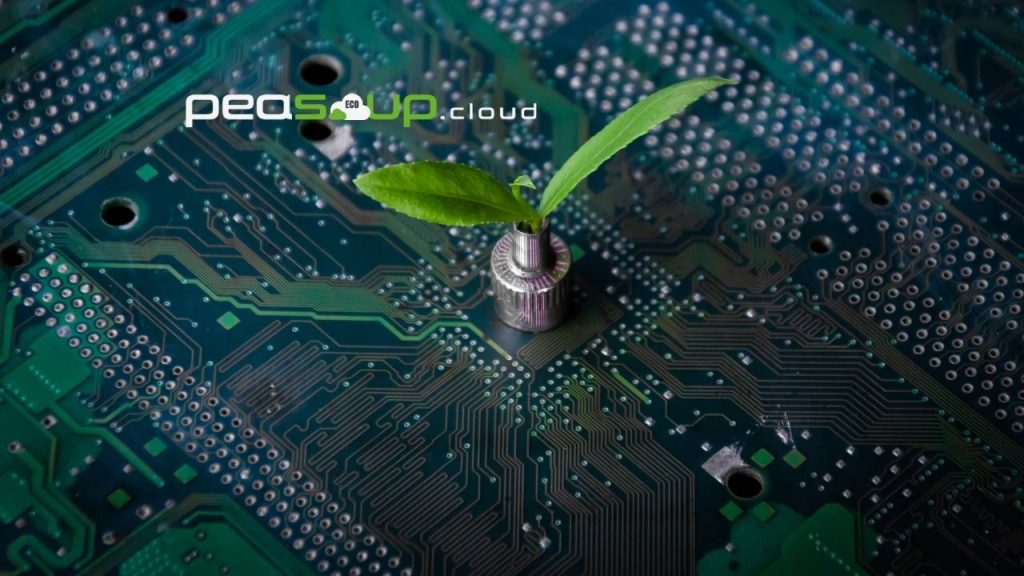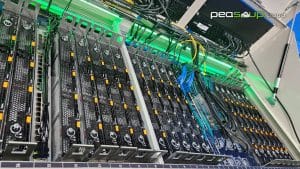making computing more sustainable
The world is facing a climate emergency yet our community underestimates the effects of our digital platforms on global warming. Greenhouse gas emissions are causing the global temperatures to rise and with it, we are losing ice caps, survival of animals and plants is at stake among other catastrophes that are threatening our livelihoods. Although computing resources are changing our lives positively and may play a great role in addressing some of the problems that afflict human beings, the environmental impact brought about by digital transformation cannot be ignored.
Conventional estimates put the contribution of the IT sector to global emissions at between 2-6% and the share is expected to grow to 20% in the next decade. Data centres have a substantial carbon footprint with conventional estimates putting it at 100 megatons of carbon every year.
This can be easily compared to the Aviation industry, a sector which is more visible in terms of pollution; this is a very much worrying image given that it is largely unidentified.
Projected estimates have it that the carbon footprint will increase by three to nine folds in the next ten years with the power usage hitting 974 TW/hr up from just 200 TW/hr. Experts indicate that this cost is not even inclusive of the impact associated with the production and disposal of the hardware that is required for computing. When you also add in the technologies such as cryptocurrencies, artificial intelligence (AI) and machine learning (ML) there is a great concern given that the power requirements for these novice technologies are already worrying.
With these developments, we are calling to take some action. We are urging you to act – individually and collectively to make the digital platforms environmental friendly and avoid catastrophes. There are four simple rules that we can follow to achieve this.
They include:
- Know your carbon footprint and aim at reducing it; while this may not be easy, you can start by identifying your computing activities for instance streaming, a service that emits 55Gco2e/hr. Also, consider the environmental impact of computing; it includes powering the computer, long-term storage, and the lifecycle footprint associated with the production and disposal of hardware.
- When making a decision on the investment of computing resources include the carbon footprint in the cost-benefit analysis. This will help in arriving at a decision that is both good for the business and the environment.
- Keep, repair and re-use computer resources to minimise electronic waste. The majority do not appreciate the fact that the devices we use such as phones, tablets and laptops among others have a significant impact on the environment. Reusing and recycling can help reduce the impact.
- Select your computing facility based on its capacity to reduce the environmental impact of its activities. For instance, when it comes to data storage, patronise the services of data centres that are efficient like our liquid immersion-cooled DCs.
Increasing sustainability in modern computing can go a long way in tackling the effects of global warming and subsequent climate change. Some of these rules are easy to implement and they may not require any monetary injection.
Let us all play our role, collectively and individually. It will take our efforts, however small to make a difference and save our planet.




